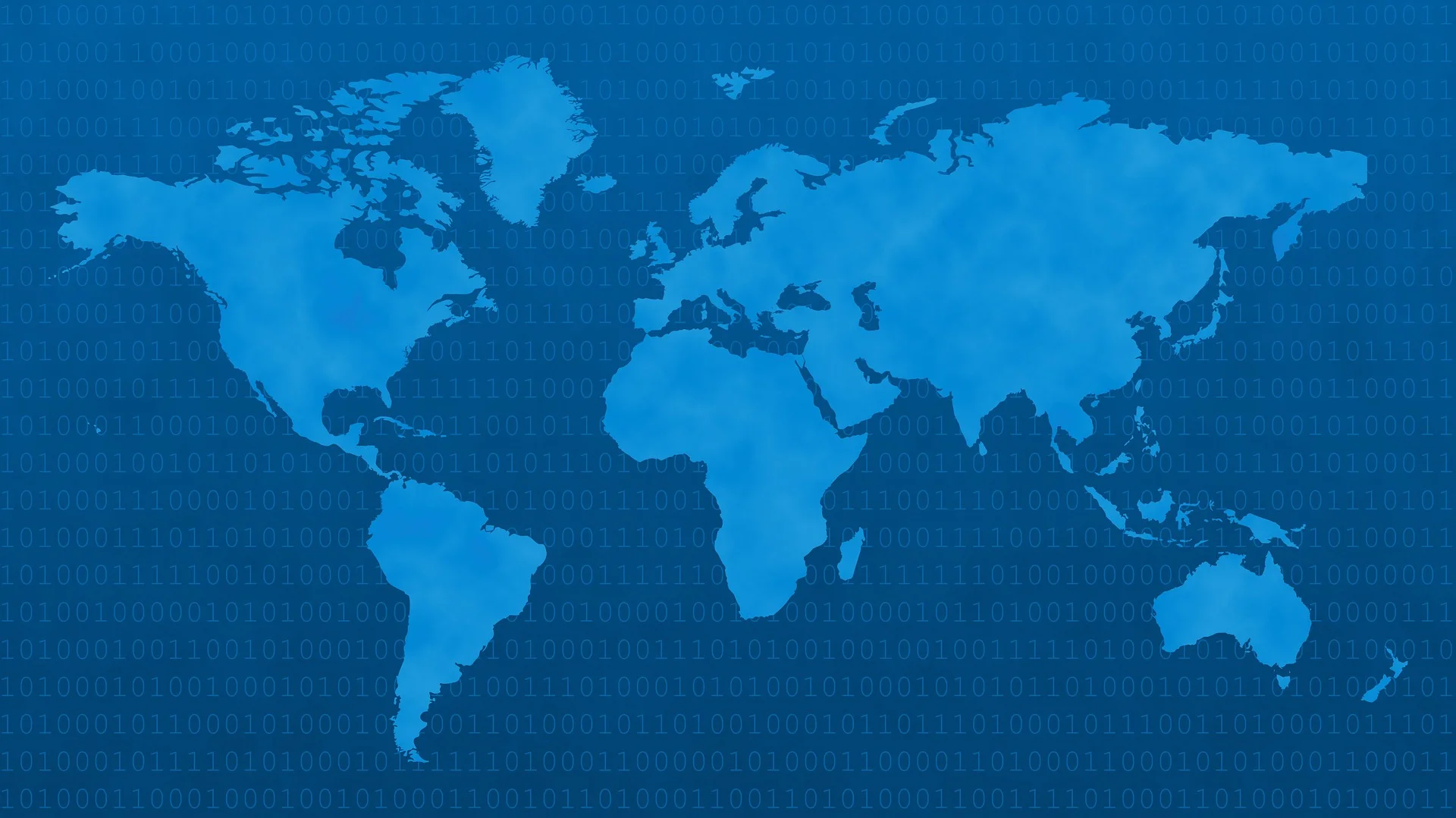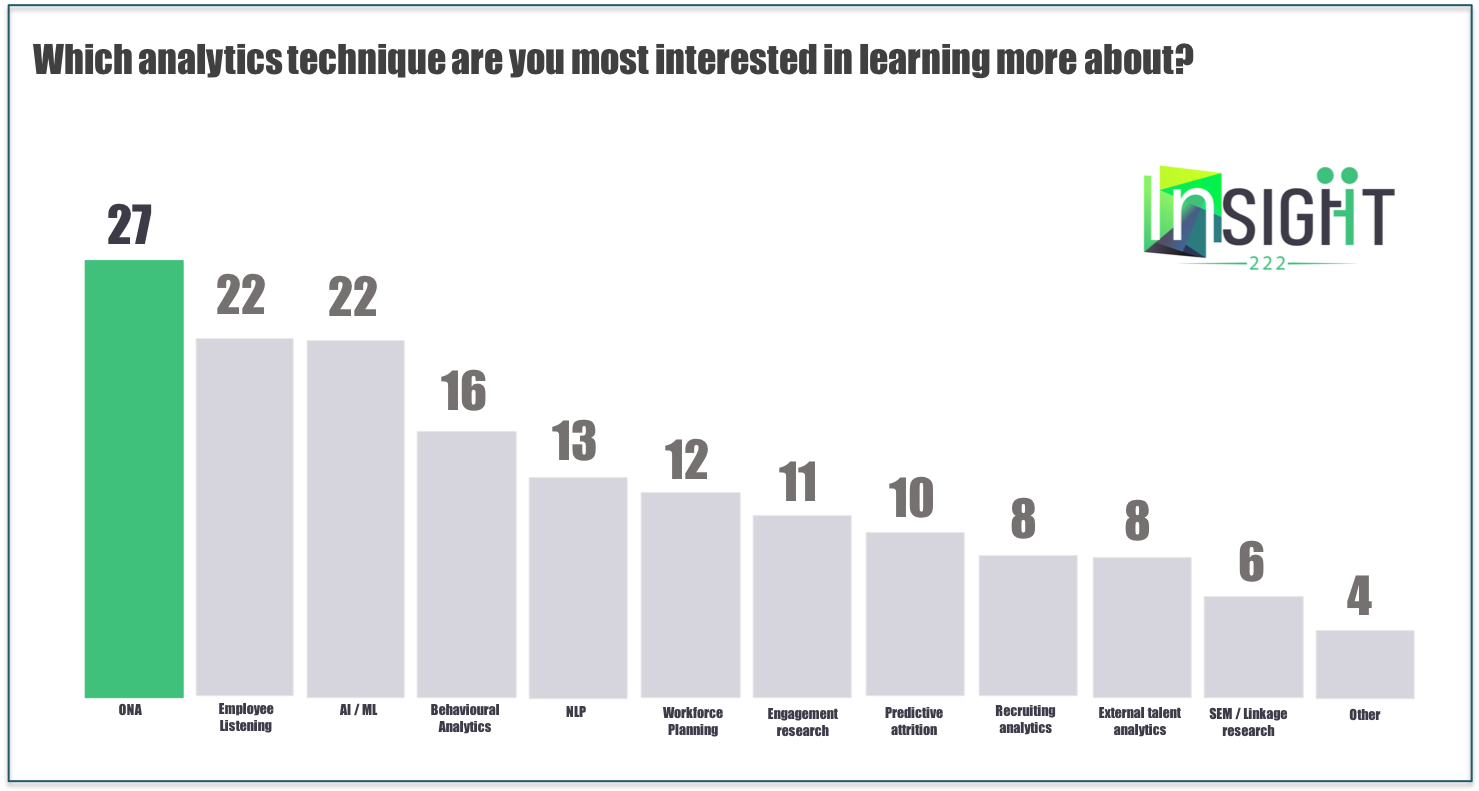In this month’s edition, there are articles covering the breadth of people analytics including articles on: how to create a data-driven culture, organisational network analysis, ethics, advice from people analytics leaders and the role of people analytics in the future of work. Authors include Nigel Guenole and Sheri Feinzig, Lexy Martin, Josh Bersin, Rosa Lee, Amit Mohindra and Gustavo Canton. Dive in and enjoy!
The best HR & People Analytics articles of September 2018
In this month’s edition, you’ll find articles by authors including Ben Waber, Francesca Gino, Jonathan Ferrar, Laura Stevens, John Sumser, Stacia Sherman Garr and Josh Bersin. Subjects covered include the latest trends in people analytics, ethics, organisational network analysis, the importance of curiosity, employee wellness and continual listening. There is news too about Insight222, PAFOW, the official launch of Humu and another acquisition by LinkedIn. Dive in and enjoy!
The best HR & People Analytics articles of August 2018
The best HR & People Analytics articles of July 2018
July’s collection of the best articles on people analytics and the future of work features new research from Visier, which articulates the link between firm financial performance and proficiency in people analytics. There are also articles from the likes of Richard Rosenow, Bernard Marr and John Boudreau, and a special focus on the future skills required by HR professionals and CEOs.
Leadership and People Analytics - How is it different in the East?
Data Driven HR #3: Organisational Network Analysis
The best HR & People Analytics articles of June 2018
The role of Organisational Network Analysis in People Analytics
One of the most exciting trends in people analytics is the rapid growth of Organisational Network Analysis (ONA), which whilst not new is witnessing a resurgence thanks to developments in technology, new ways of working and changing business requirements.
When I meet with people analytics leaders, ONA regularly crops up in the conversation as one of the techniques that they have either already begun to use or plan to deploy within their organisations.
Indeed, research conducted by Insight222 towards the end of 2017 (see Figure 1 below) found that ONA was the analytical technique that people analytics leaders most wanted to learn more about.
Figure 1: Organisational Network Analysis is the technique that HR & People Analytics leaders most want to learn more about (Source: Insight222)
The role of ONA in people analytics was the topic of my presentation at UNLEASH in Las Vegas on 15 May. The slides I used during my speech are included here. The purpose of this article is to answer the following questions I regularly get asked about ONA:
- What is ONA?
- Why is ONA growing in importance?
- What is ‘Active’ and ‘Passive’ ONA? Which one should we use? Can we use both?
- What can we use ONA for?
- What case studies on ONA are available?
- Where can I find out more about ONA?
WHAT IS ONA?
If you Google ‘Organisational Network Analysis’, you will uncover a lot of dry and technical descriptions of what ONA is, which are mostly a variation of “Organisational Network Analysis is a structured way to visualise how communications, information and decisions flow through an organisation” (which came from Deloitte).
I prefer Michael Arena’s description in his excellent recent podcast with Al Adamsen, where the Chief Talent Officer of GM defined ONA as providing “a new lens to evaluate how people show up in an organisation.
"ONA provides a new lens to evaluate how people show up in an organisation"
Similarly, in his article ‘What is ONA?’, Professor Rob Cross, arguably the world’s foremost expert on the subject, explains that “ONA can provide an x-ray into the inner workings of an organisation — a powerful means of making invisible patterns of information flow and collaboration in strategically important groups visible”. In the same article, Cross provides a perfect example to illustrate this viewpoint and how ONA enables you to see what is going on in a company.
Figure 2 - An example of the insights offered through ONA (Source: Rob Cross)
The example in Figure 2 is of an ONA project undertaken by Cross with the exploration and production division of a large petroleum organisation. It identifies mid-level managers critical to information flow such as Mitchell, who is the only point of contact between members of the production division and the rest of the network. It also highlights that the Senior Vice President Mares is peripheral to the network and is essentially an untapped and under-utilised resource, whilst the Production team is isolated and separated from the network. None of this is visible from the rickety old org chart.
Head over to LinkedIn to read the remainder of: The role of Organisational Network Analysis in People Analytics
Data Driven HR #1: Welcome to the new world
The role of the People Analytics leader - Part 2: Creating organisational culture & shaping the future
The Head of People Analytics is absolutely pivotal in determining whether an organisation is able to successfully implement people analytics and create a sustainable long-term culture of data driven HR.
Arun Chidambaram has helped four Fortune 500 companies build sustainable capability in people analytics, and is widely recognised amongst peers as one of leading proponents and visionaries in the field.
In Part 1 (Questions 1-8) of this series, Arun shared his experience on the skills and capabilities you need in a people analytics team, how these evolve over time and the options in how to align the team to the business. Arun also outlined his five-step methodology for undertaking people analytics projects, which many people have since commented how helpful they found it.
THE ROLE OF THE PEOPLE ANALYTICS LEADER – PART 2: LEADING THE TEAM, CREATING ORGANISATIONAL CULTURE AND SHAPING THE FUTURE
In Part 2, Arun and I cover the following areas:
- Leading the team: An in-depth treatise on the role of the People Analytics leader including typical challenges faced, the skills and capabilities required, and the evolution of the role in line with organisational maturity and a dynamic external environment
- Developing organisational culture: Ways to make analytics part of HR and organisational DNA
- Shaping the future: A look at the future of people analytics and some of the developments we can expect to see
- Ethics and trust: The importance of transparency, ethics and data privacy in People Analytics.
To read the whole article, please click here to read it on LinkedIn.











